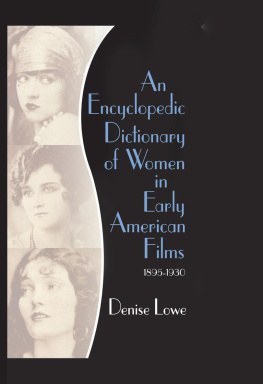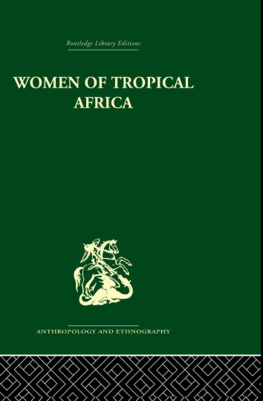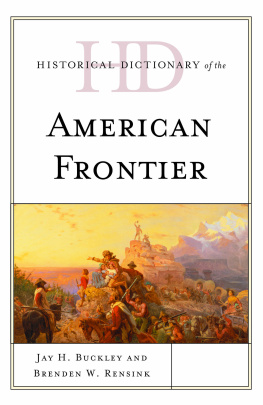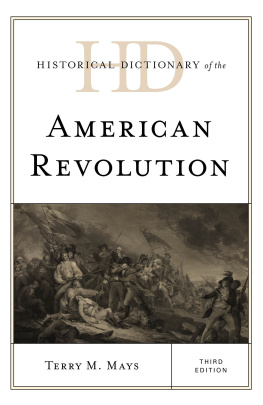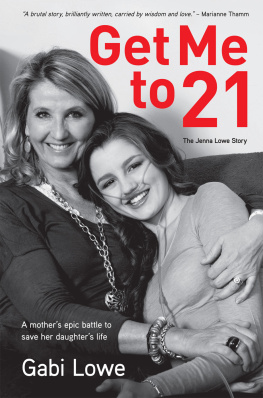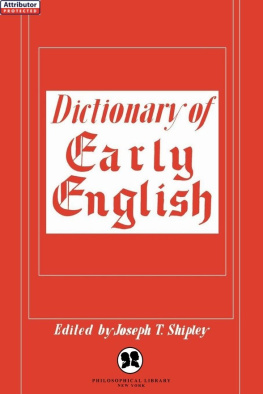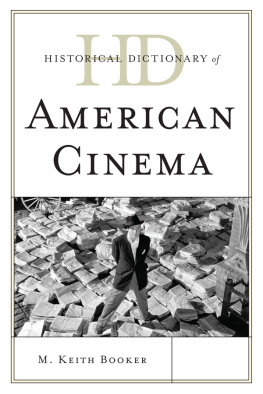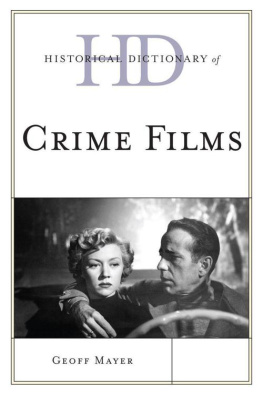An Encyclopedic Dictionary of Women in Early American Films 18951930
An Encyclopedic Dictionary of Women in Early American Films 18951930
Denise Lowe, MA
2005 by Denise Lowe. All rights reserved. No part of this work may be reproduced or utilized in any form or by any means, electronic or mechanical, including photocopying, microfilm, and recording, or by any information storage and retrieval system, without permission in writing from the publisher.
First published by
The Haworth Press, Inc., 10 Alice Street, Binghamton, NY 139041580.
This edition published 2013 by Routledge
Routledge
Taylor & Francis Group
711 Third Avenue
New York, NY 10017
Routledge
Taylor & Francis Group
2 Park Square, Milton Park
Abingdon, Oxon OX14 4RN
Routledge is an imprint of the Taylor & Francis Group, an informa business
Photographs on cover from top to bottom:
Marie Prevost, courtesy of SilentsAreGolden.com.
Mary Philbin, courtesy of authors collection.
Pauline Stark, courtesy of authors collection.
Cover design by Jennifer M. Gaska.
Library of Congress Cataloging-in-Publication Data
Lowe, Denise.
An encyclopedic dictionary of women in early American films : 18951930 / Denise Lowe.
p. cm.
Includes bibliographical references and index.
ISBN 0-7890-1842-X (hard. : alk. paper) ISBN 0-7890-1843-8 (pbk. : alk. paper)
1. Motion picture actors and actressesUnited StatesBiographyDictionaries. 2. ActressesUnited StatesBiographyDictionaries. 3. Women motion picture producers and directorsUnited StatesBiographyDictionaries. 4. Women in the motion picture industryUnited States. I. Title.
PN1998.2.L686 2004
791.4309227309041dc22
2003025274
CONTENTS
ABOUT THE AUTHOR
Denise Lowe, MA, is the author of Women and American Television: An Encyclopedia. Her work has also appeared in the St. James Encyclopedia of Popular Culture and the Encyclopedia of Murder and Violent Crime.
At the turn of the century silent films taught what was expected of a person within American culture. They showcased the expectations of both men and women through the characters presented and the treatment these characters received. Early films often acted as educational tools for new immigrants.
Soon, however, the film industry wanted to reach a better class of people. Filmmakers started to target middle-class women and made films that would bring women and, hopefully, their children to the previously almost entirely male and immigrant entertainment. Films increasingly focused on love and family. Evil was punished and virtue was rewarded. By 1908, daily attendance had reached 200,000with almost 67 percent of those attending being women and children.
The filmmakers continued to entice stage performers to their medium to add to the fledgling industrys respectability and legitimacy. Not secondarily, this also improved their profits. The new industry was still wide open, and creative women were welcomed in all areas of the industry with no restrictions. Women became directors and writers, while many others became important and influential starssome for years and some for only brief periods.
All these pioneer women were important to the industry. Without them the industry would not have evolved into the megaforce that it is today. Yet so many of these women are almost, if not completely, forgotten today. How many people really remember Clara Bow or Lillian Gish or even Mary Pickford?; and those are perhaps the most famous female actors of the era. If you were to mention Billie Burke, Helen Holmes, Nina Mae McKinney, and Pola Negri, youd probably get only a blank stare.
As a feminist and a popular culture historian, I felt I had to give these early actors a chance to be remembered. The women I wrote about were all popular during their erasometimes this popularity was brief, but it always influenced the public and the industry. Sometimes the individual was a segue from one style to another; for instance, the Dolly Sisters were the point at which a celebrity switched from being someone famous for being accomplished (actor, writer, politician) to being famous for being famous. After their rise to fame, a new cult of celebrity developed, inhabited by the people who are, to this day, famous for going to parties or being seen at the right places.
Many of these women had tragic lives. Many had very short lives. Many were used up by the industry they helped to create and then discarded to an uncertain future. But, because they were pioneers, I believe they deserve our respect and our remembrance.
Because this tribute is so late in coming, many of these women have been totally lost to time. Their stories are gone. Sometimes small bits are known. Sometimes nothing at all of their childhood or early years is known. Sometimes only the life invented by the studio is known, and that is generally totally erroneous. So many of these women of the silent film era could not be included; it is a wrong done to these women by the people in the intervening years who just didnt care. Those people stand convicted, but it is our loss.
The Academy of Motion Picture Arts and Sciences (1927)
The Academy of Motion Picture Arts and Sciences is a nonprofit organization established to improve the artistic quality of the film medium, provide a common forum for the various branches and crafts of the industry, foster cooperation in technical research and cultural progress. Membership is by invitation only, and to qualify for membership the prospective member must demonstrate distinctive achievement in one of the branches of the motion picture industry, which originally included producers, actors, directors, writers, and technicians. As the industry grew and diversified, other branches were established to represent this progress.
The idea originated during a discussion between Louis B. Mayer, Conrad Nagel (actor), Fred Niblo (director), and Fred Beetson (producer) early in 1927 as an alternative to outside censorship and artistic control. Of the thirty-six founding members of the Academy only three were womenMary Pickford, Jeanie Macpherson (screenwriter and early actor), and Bess Meredyth (screenwriter).
Adams, Stella (1883 Sherman, TX-1961 Woodland Hills, CA)
Stella Adams appeared in one film while in her teens but really began her film career in 1912 with Nestor just three years after the studio was founded. Like many early stars for independent studios, Adams relocated to California with her studio when Nestor went West to avoid infringement complaints from the Patent Trust.
Once in California, Adams continued to appear in comedies but also began to appear in westerns, which were becoming popular because they were easy to produce in the open spaces available in California. When director Al Christie left Nestor to form his own company to produce comedies, Adams went with him and appeared in the popular Christie Comedies during the latter part of the 1910s. She went on to appear the popular Keeping up with the Joneses series at Universal and the Imperial Comedies at Fox.
Film Credits
1907 | The Power of the Sultan |
1912 | The Passing Parade; The Lady Barber of Roaring Gulch; The Lucky Loser |
1913 | Four Queens and a Jack; The Girl Ranchers; The Girls and Dad; The God of Girzah; The Golden Princess Mine; Hawkeyes Great Capture; Her Friend the Butler; His Wifes Burglar; A Man of the People; The Power of Heredity; The Prairie Trail; The Raid of the Human Tigers; The Tale of the Hat; A Tale of the West; Teaching Dad a Lesson; To the Brave Belong the Fair; The Unhappy Pair; The War of the Cattle Range; When Cupid Won; When His Courage Failed; A Womans Way; Under Western Skies |


